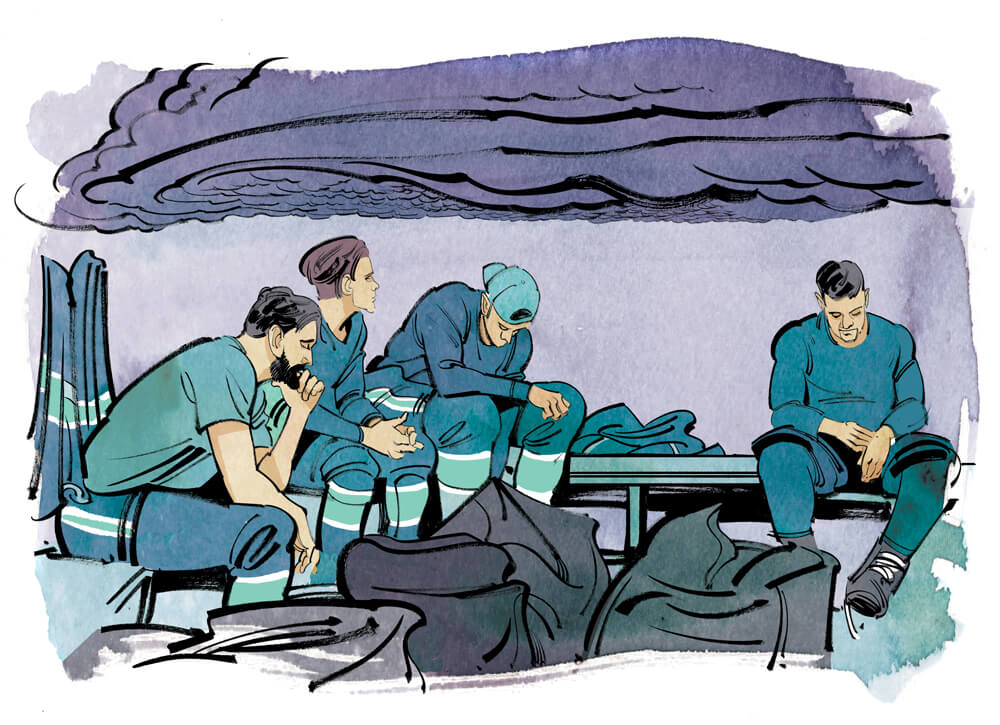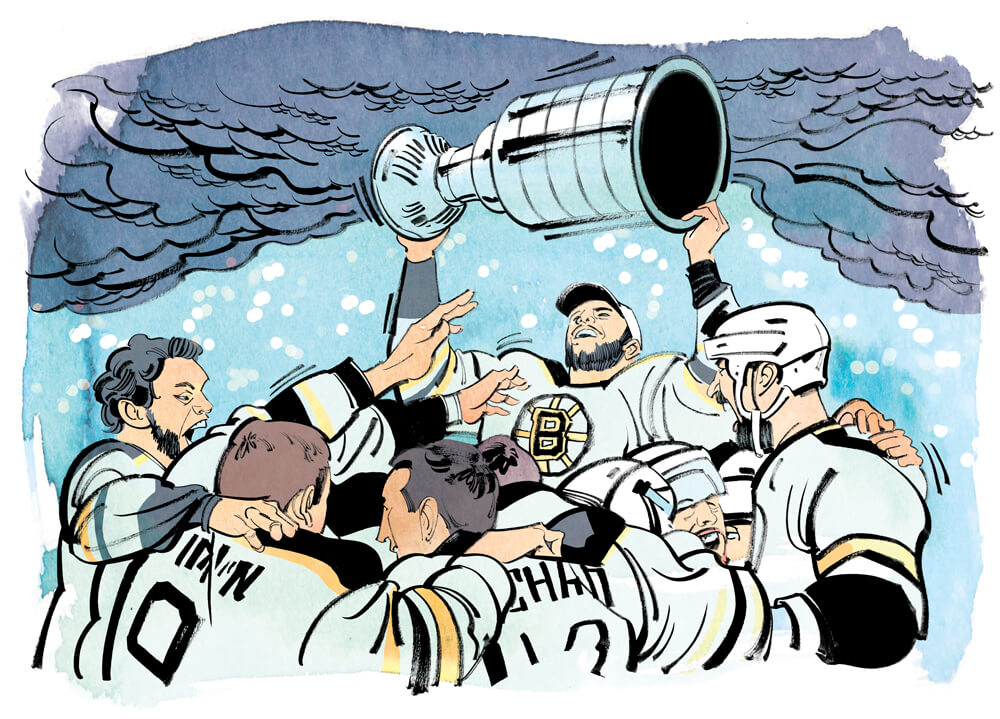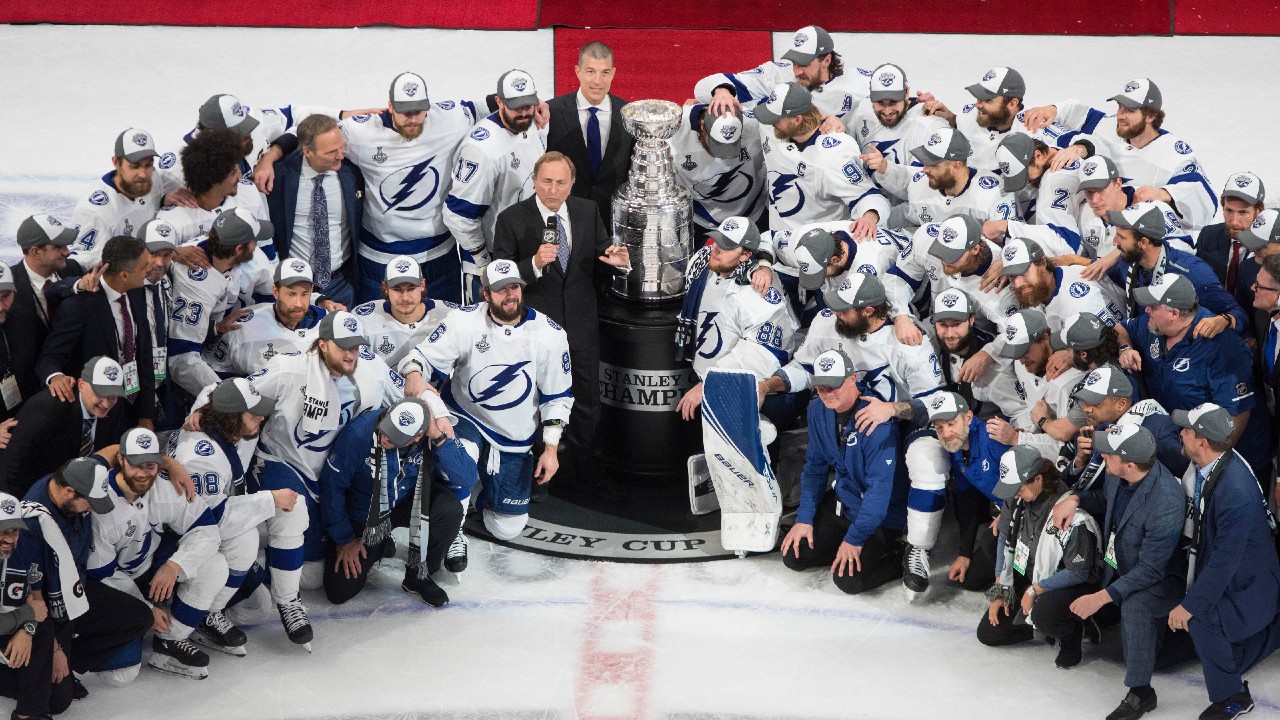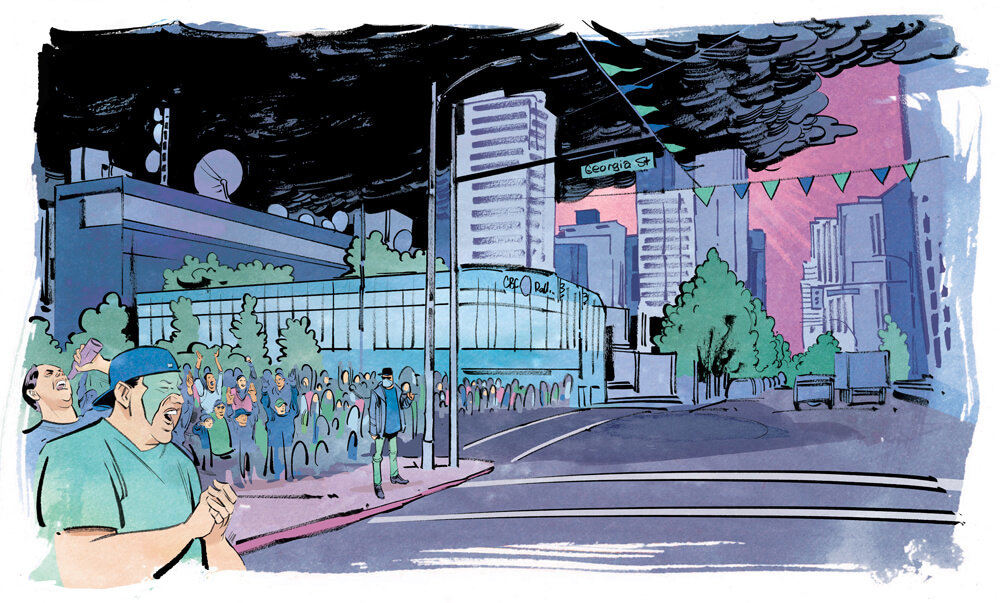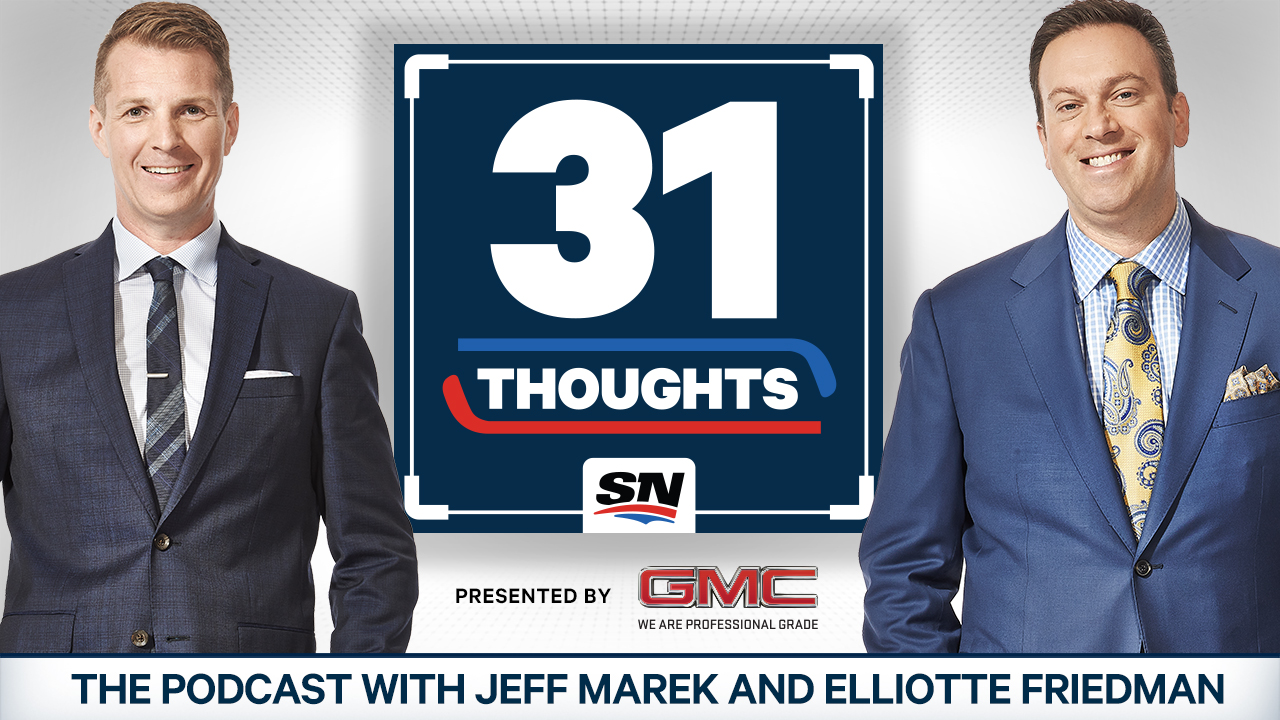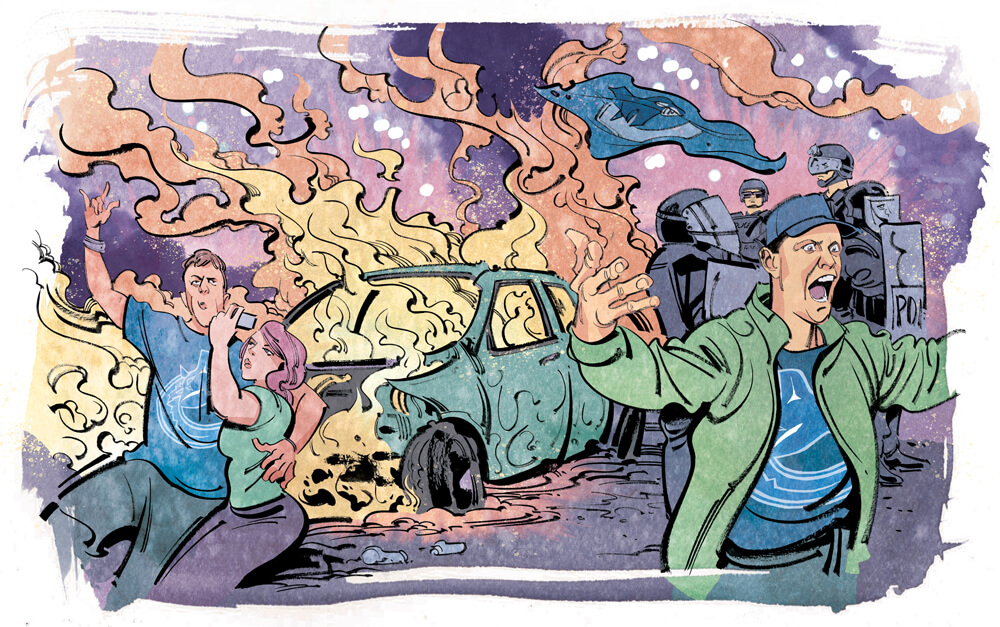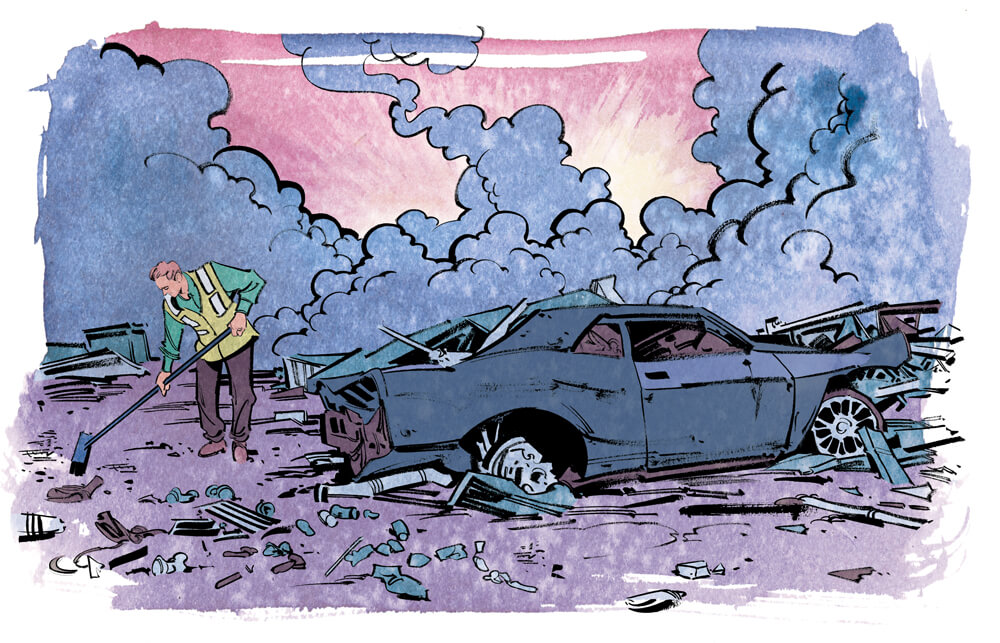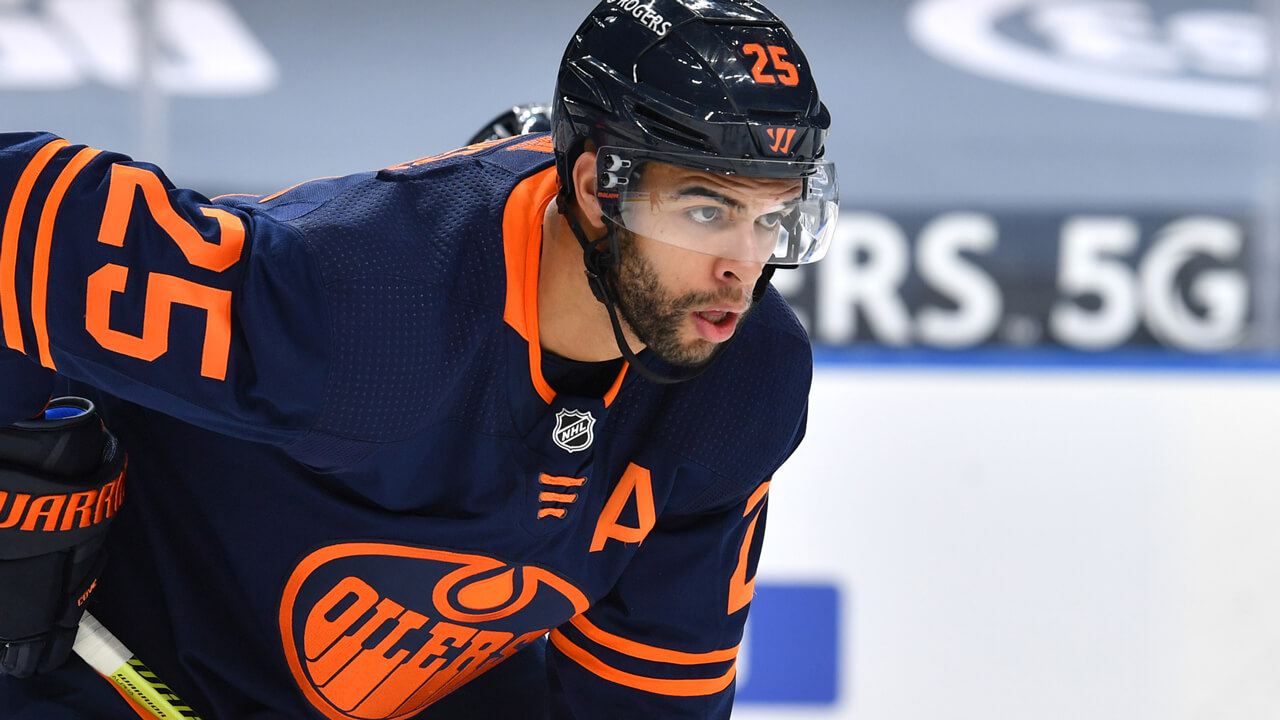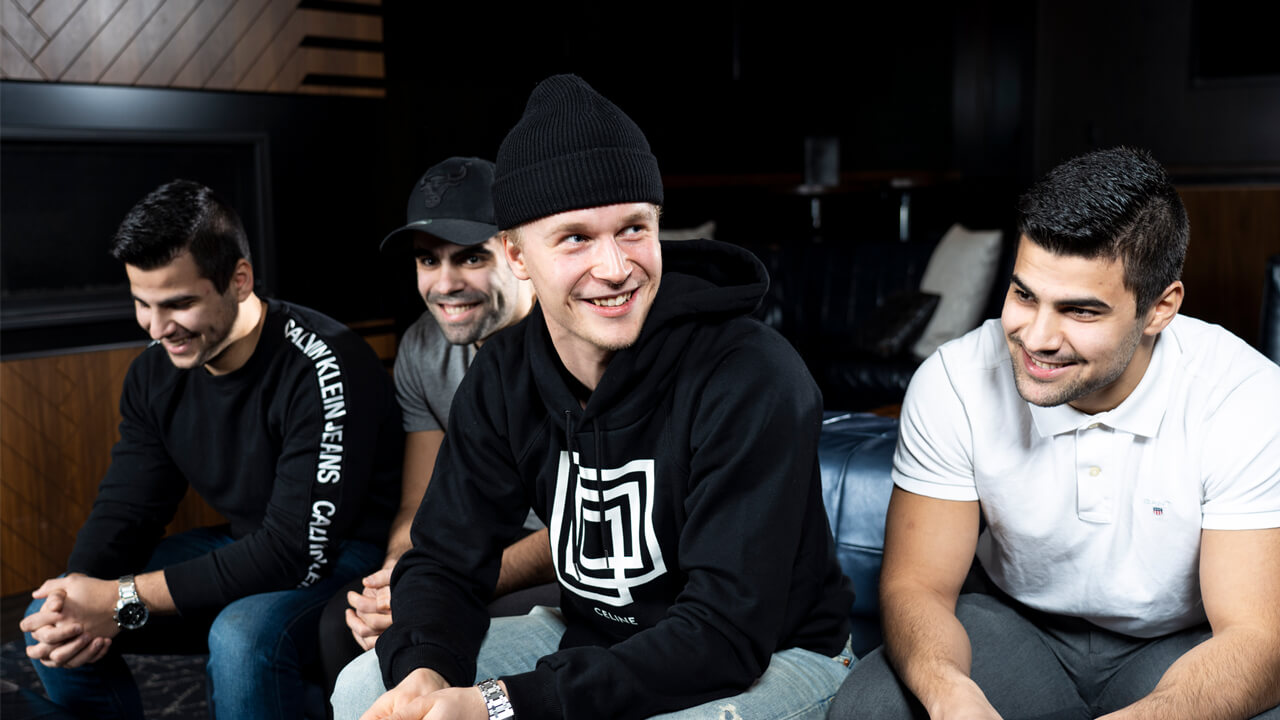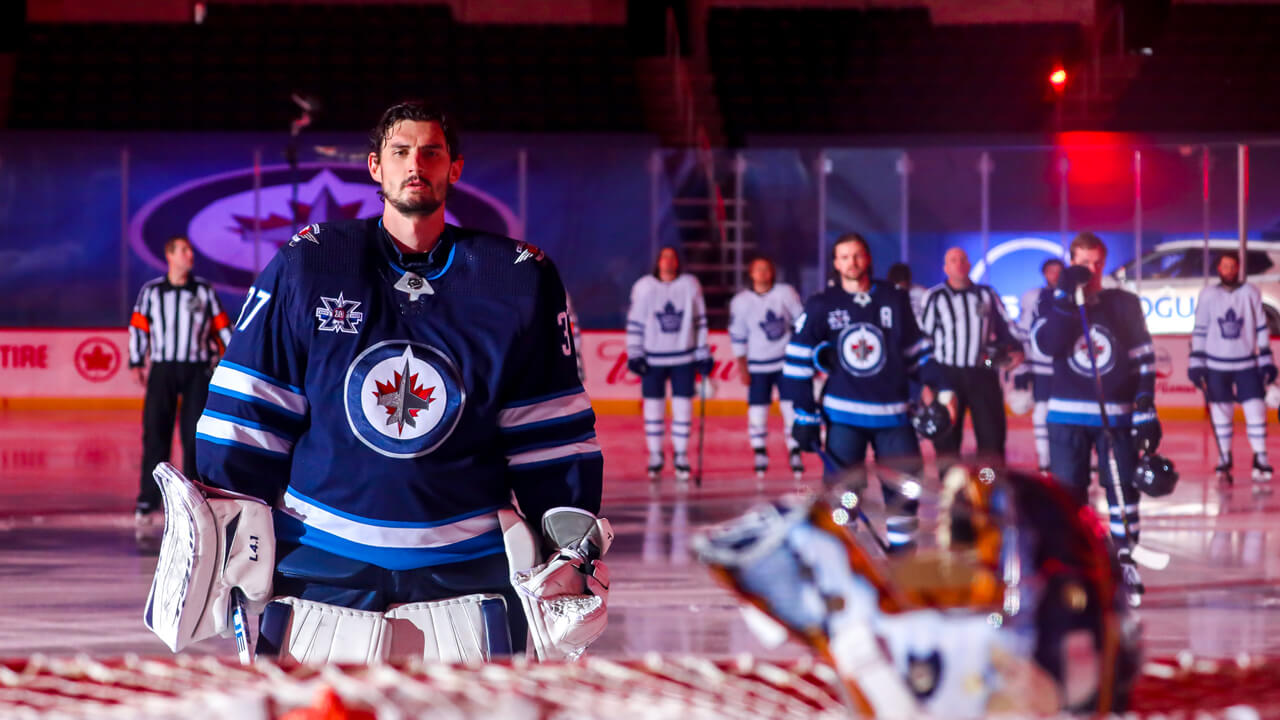St Paul’s Hospital, located about 1.5 kilometres from ground zero, saw the brunt of traffic that night. A code orange was called, which is reserved for disasters, such as massive fires, earthquakes or airplane crashes. A station was set up outside the hospital with six large, green garbage pails filled with water for people exposed to tear gas to wash their eyes and faces. There was concern that bringing them inside the building would essentially gas the emergency ward. The smell of the spray was thick in the air, despite the distance between the hospital and where it was deployed. Dr. Eric Grafstein, head of the St. Paul’s emergency department at the time, recalls an acrid taste in his mouth after spending just a few minutes outside.
The hospital treated 114 people from the riot that night, he says, noting that a significant portion had consumed alcohol. Around 50 people had injuries — mostly soft tissue or head injuries — and of that lot, only three required admission, a figure less than the hospital’s normal daily rate. One man had broken ribs and a collapsed lung, but he was well enough to go home in the morning. “We thought we were going to be overwhelmed,” Grafstein says. “But in truth, there was a busy spike for about four or five hours, and then it kind of died down.”
Grafstein went home around 2:00 a.m., once the department stabilized. He could still hear some sirens off in the distance when he left the hospital, and, looking back now, says the night had surreal qualities.
“It was certainly one of the most unique experiences,” says Grafstein. “Unique, because it basically was, from a medical perspective, very positive…. Lots of people came in to help. We had to turn physicians away. Cardiologists called and said, ‘Can I come and help?’ And we would say, ‘No.’”



